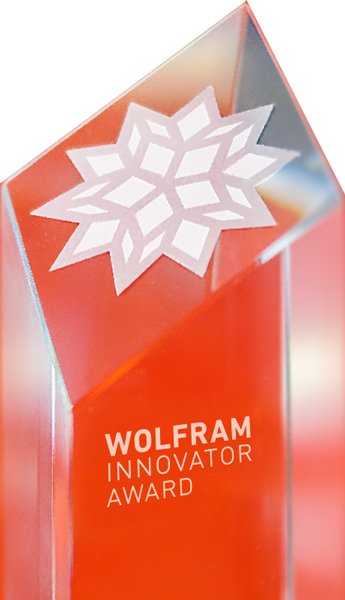Márcio Rosa
Professor of Mathematics, IMECC-UNICAMP
Areas: Education, Mathematics, Mathematics Courseware Design
For 20 years, Márcio Rosa has been making pedagogical innovations on the principle that university students should be using software, including the Wolfram Cloud, to continue their education in higher mathematics. He believes students should be trained to use software as a tool to aid their endeavors rather than learning to replicate the software’s functions. The geometric approach is reinforced so that the student, when studying and solving problems, is able to produce images with software and interpret them. Rosa has published various articles and supervised theses based on his experience and unique approach to mathematics education.

